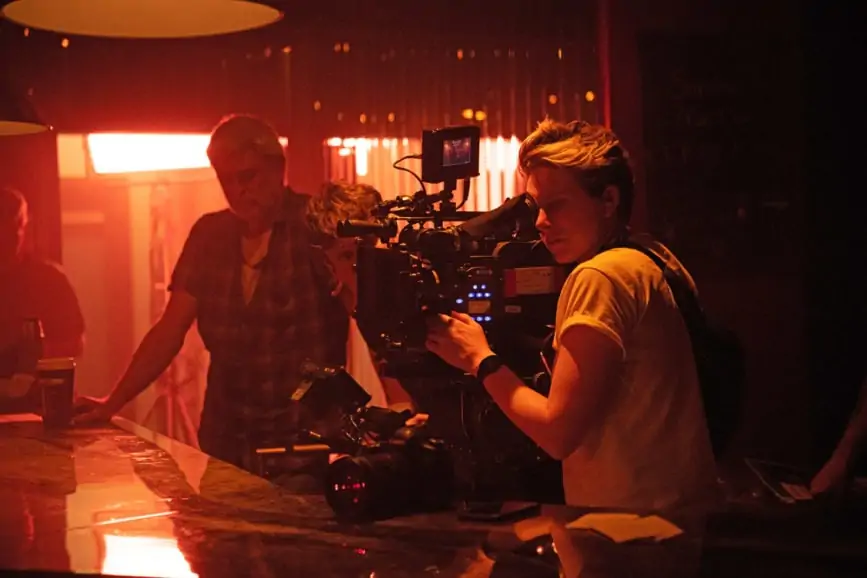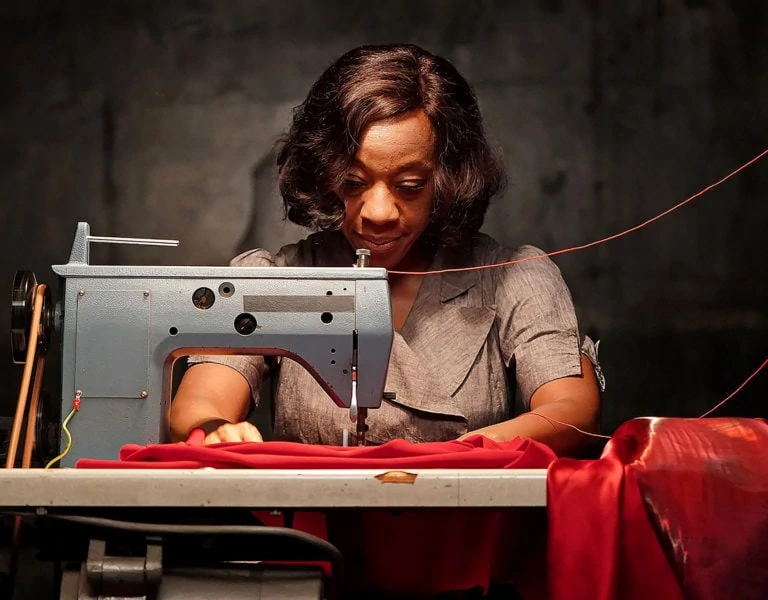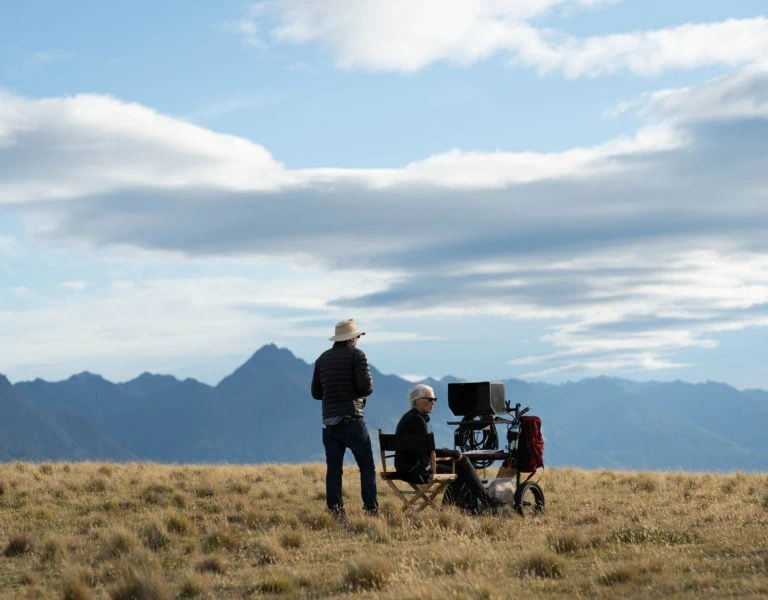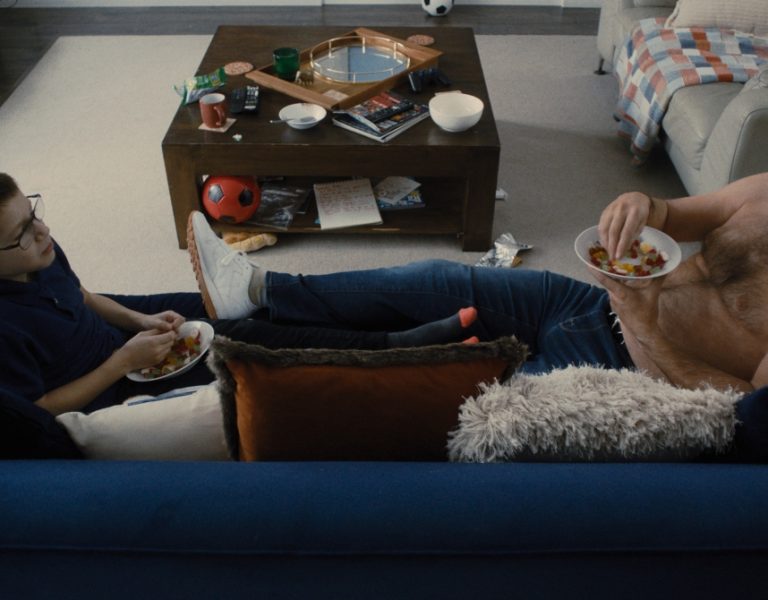HEIGHTENED REALISM
In Zola, a surreal true story originally told in a viral Twitter thread, is captured on Super 16mm film to evoke a simultaneously heightened and naturalistic feeling.
On 27th October 2015, A’Ziah King, better known as Zola, tweeted an irresistible hook to what would become an iconic Twitter event. She went on to recount an impromptu road trip to Florida that, among other things, ended her friendship with Stefani, a fellow dancer. The thread was described as “Odyssean” in scale, the “greatest stripper saga ever tweeted”, and adapted for the screen by writer/director Janicza Bravo (Lemon, Gregory Go Boom).
Before Zola’s cinematographer Ari Wegner ACS had joined the film, Bravo prepared extensively, even designing her own lighting diagrams and amassing a slew of visual references. Wegner observes that “Janicza thought about every detail. It feels very designed, but she has a way of making it feel like it’s not just design or design for design’s sake, it’s design for the story and character’s sake.” And although, “embracing digital would have been the obvious choice” for adapting a story that people first experienced on their phones, “16mm was something Janicza was really set on from the get-go.”
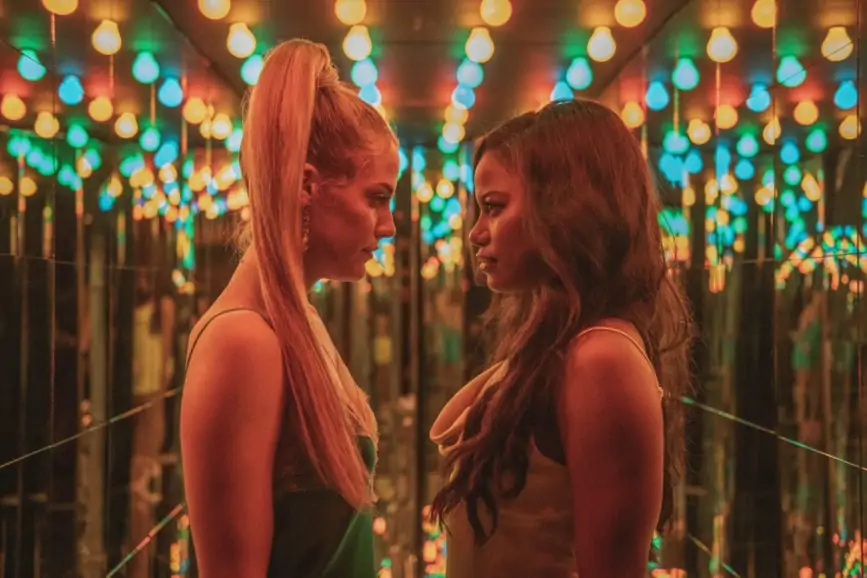
“There’s something about film that is impossible to replicate”, Wegner continues, “Super 16 is such a present feeling format, it’s very real, but there’s also something heightened and magical about it”, which feels appropriate for such a larger-than-life true story. Within days of the meeting, Stefani (Riley Keough) asks Zola (Taylour Paige) to take a trip with her, her boyfriend, and her “roommate” to Florida, quoting a club where she swears she made $5K in a single night. Slightly skeptical, Zola agrees, only to find that Stefani’s “roommate” is actually her pimp and that Stefani schemed to get Zola involved in her sex work all along.
“There’s so much skin in the film, lots of bodies dancing. Film could handle the strong contrast between the powerful Florida sun and the supersaturated lights at night – it could do all these things while making skin look incredible.” For Tampa’s sun-bleached exteriors, Wegner shot Kodak Vision 3 250D (7207) on an ARRI 416 Plus, shifting to 500T (7219) for night work and seedy Floridian interiors.
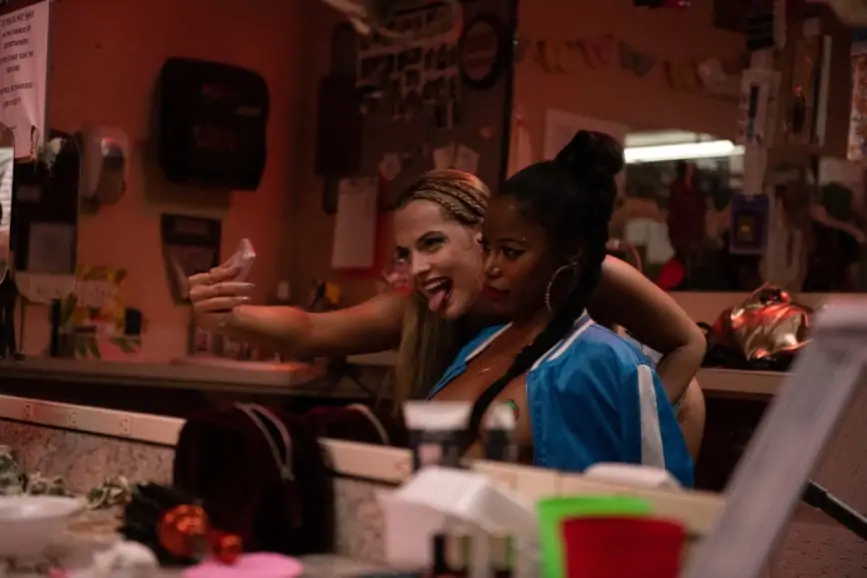
But back home, before the road trip and when the girls are still friends, Wegner approached the film differently: “The main touchpoint was Hieronymous Bosch’s Garden of Earthly Delights, a triptych of heaven, earth and hell in three separate panels. Heaven is pastel-y, Earth is balanced, and Hell is very dark and disgusting. The biggest throughline in our visual approach was to start in that pastel-coloured low contrast world where there’s a love story and the characters are home and comfortable. When the film gets further into the madness we shifted into a swampy dark palette.”
The opening section “was mostly about getting the colours into the design, and a low contrast look on the faces and images – nothing too overwhelming visually.” Wegner put Tiffen Low-Con filters at the front of her Zeiss Ultra primes because she “wanted the highlights to blossom into the mid-tones and shadows while keeping the blacks where they are.” When the road trip starts, Wegner removed the filter. “Down the other end, there is higher contrast, more intensity, and colour combinations that don’t sit naturally together. A swampy, unhealthy combination of greens and yellows and mismatched lighting fixtures – lots of darkness in the frame.”
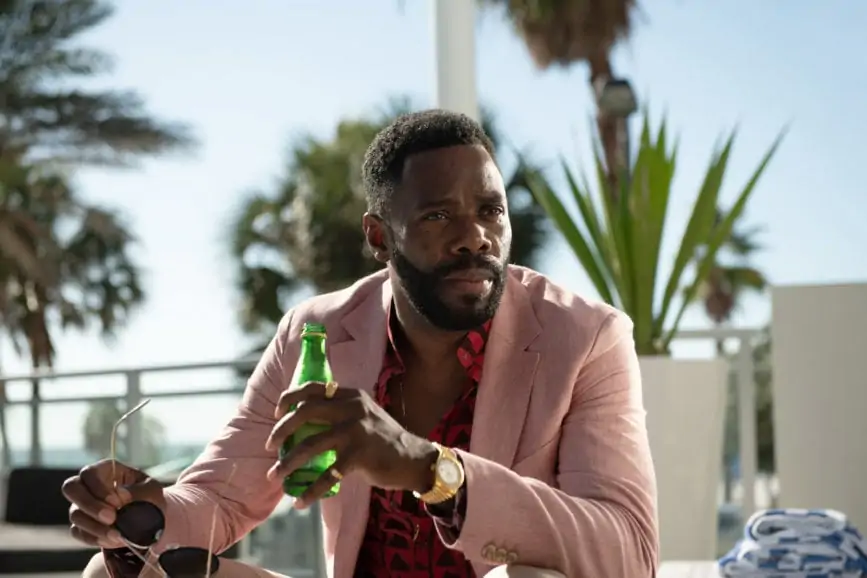
Although Wegner and Bravo didn’t shoot at any of the actual locations Zola visited, they shot the film entirely on location. While scouting, Wegner noted what made each location unique and tried to maintain that when lighting them. To capture this sickly “nocturnal world, which also exists in the daytime because some of the spaces have no sense of time,” Wegner leaned on Astera Tubes, ARRI SkyPanels, LiteMats, and practicals. The control offered by LEDs allowed her to dial in the discomfort. SkyPanels allowed her to make greens “greener than they should be, and make sure colours weren’t balanced properly.”
No matter how strange and lurid the story gets, Zola remains a sharp and collected observer. “You’re watching someone who’s watching the situation, and you can sense what she’s feeling, even if she’s not expressing it outwardly,” Wegner says, who used wider focal lengths to centre Zola in the frame, eschewing longer lenses. “When you see a character and what they see you quickly become connected to that character.” A similar philosophy was applied in navigating texting sequences, which initial concerned Bravo and Wegner. How would they show texting without shooting macro shots of fingers on a screen? “The solution was having characters – in shots that are close to their eyelines – saying aloud what they are reading or texting.” In these impressionistic portraits, the camera often takes the place of the phone, viewing Zola and Stefani from extremely low or high angles, evoking the awkward bodily positions often assumed while texting.
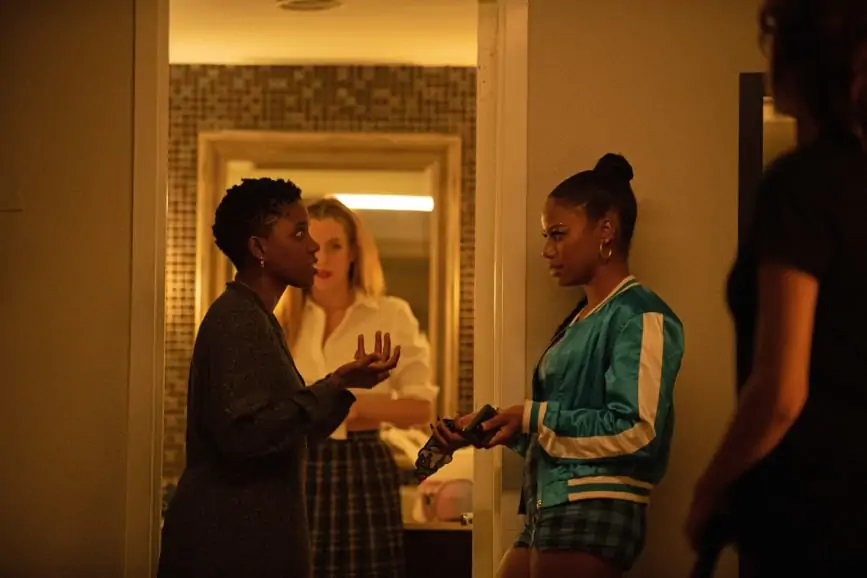
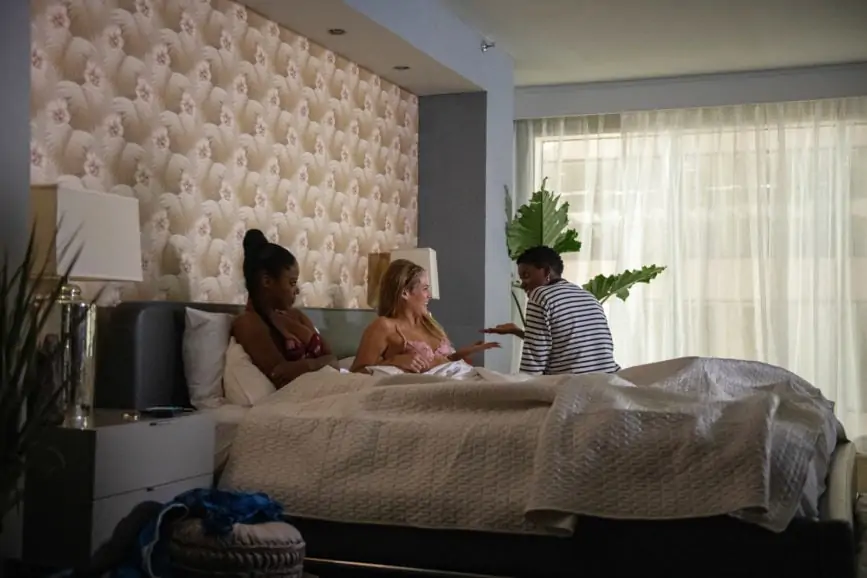
Back on the road in Tampa, the camera often catches horrific images, like a massive confederate flag and aggressive police, in passing through the car window. “Zola is in many ways moving through this world that’s not set up for her,” Wegner observes. The “casualness” of how racism is embedded into Florida and America at large, is something Bravo and Wegner wanted to demonstrate while Zola navigated a series of discomfiting white spaces.
Conversely, Wegner and Bravo refrain from portraying sex work as it’s traditionally depicted – bleak. They knew it was important “not to sexualize the situation, because there’s nothing erotic about it.” In a reversal of the patriarchal gaze of film and pornography they “turned the camera onto the men who were paying for the sex versus the person who is getting paid for it. It was satisfying for us to turn the camera onto what’s usually not the centre of the frame.” When Bravo and Wegner watched the scene, they weren’t sure whether they should laugh or feel nauseous. “I think it comes down to Janicza’s way of seeing the world, her fascination with darkness and grossness with an underlying humour because the only way we can confront these things is with some kind of comedic filter.”
